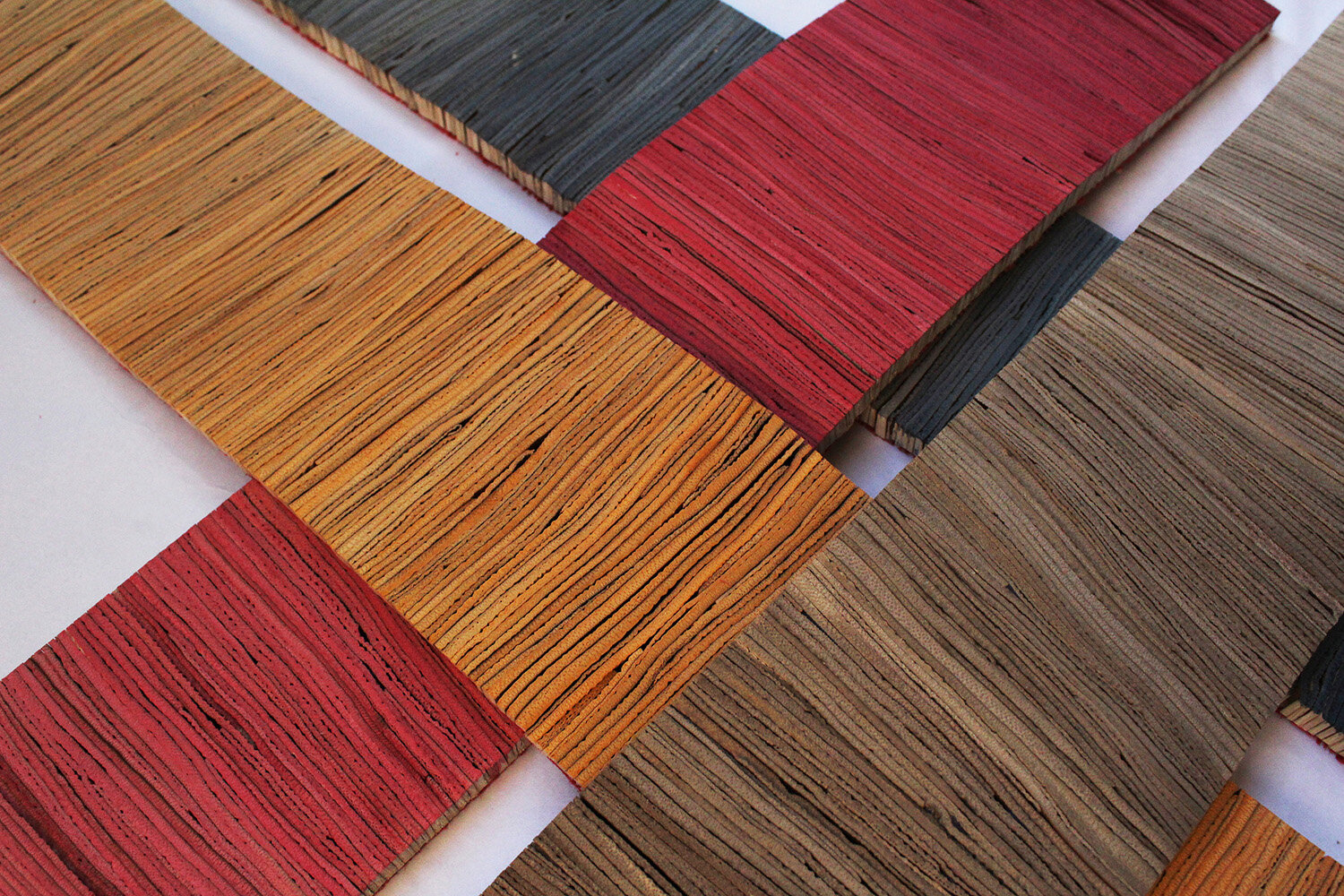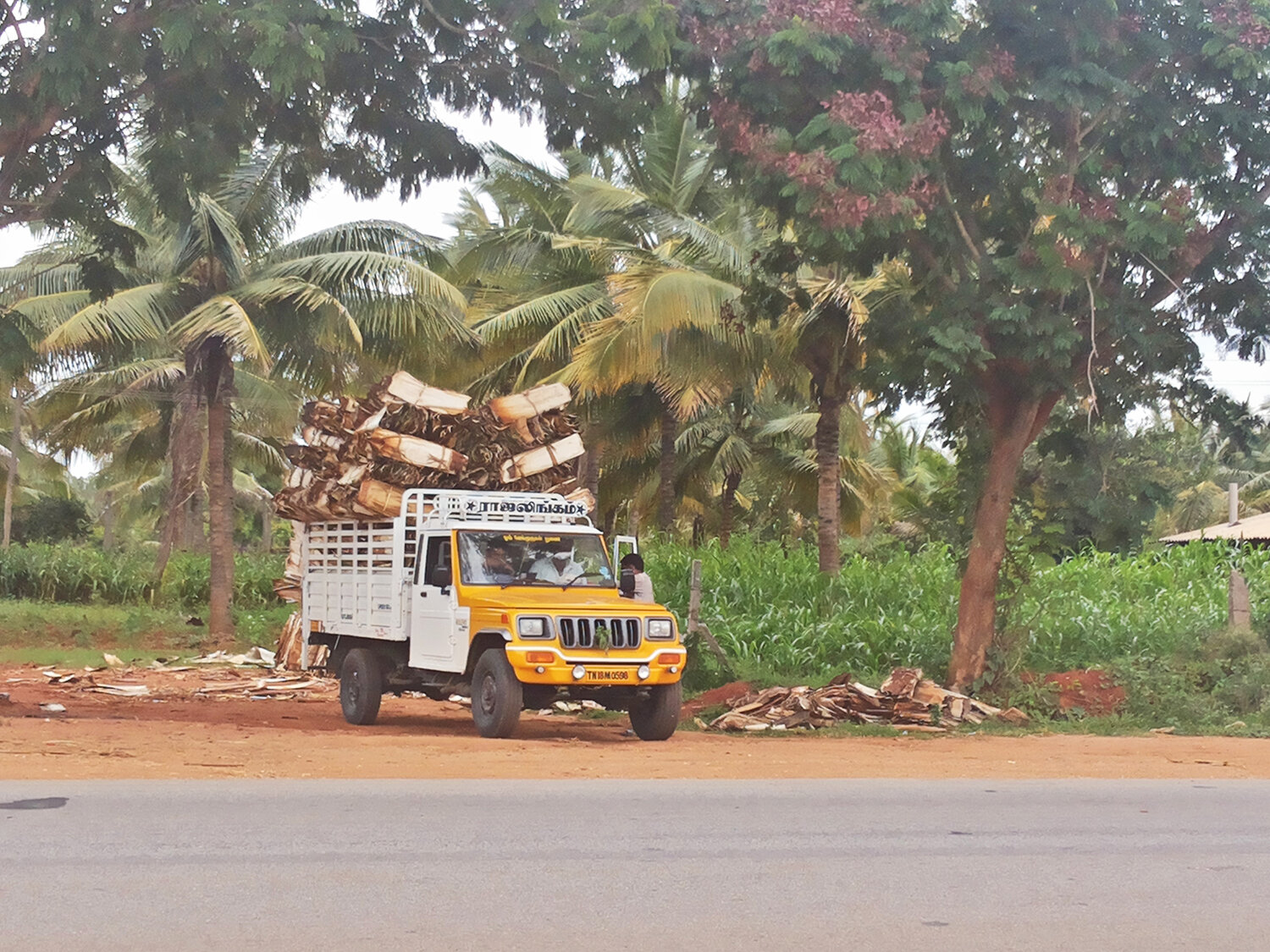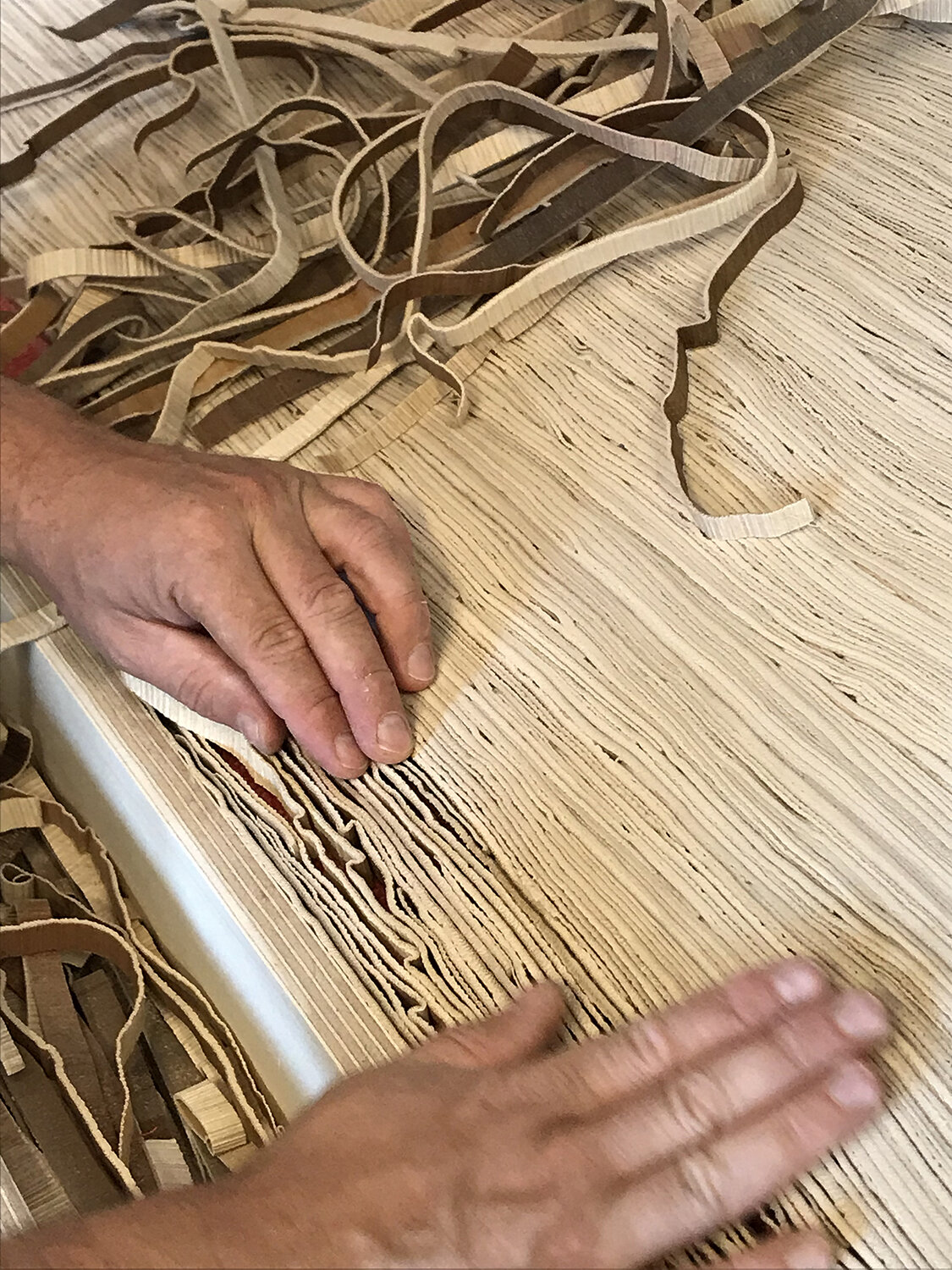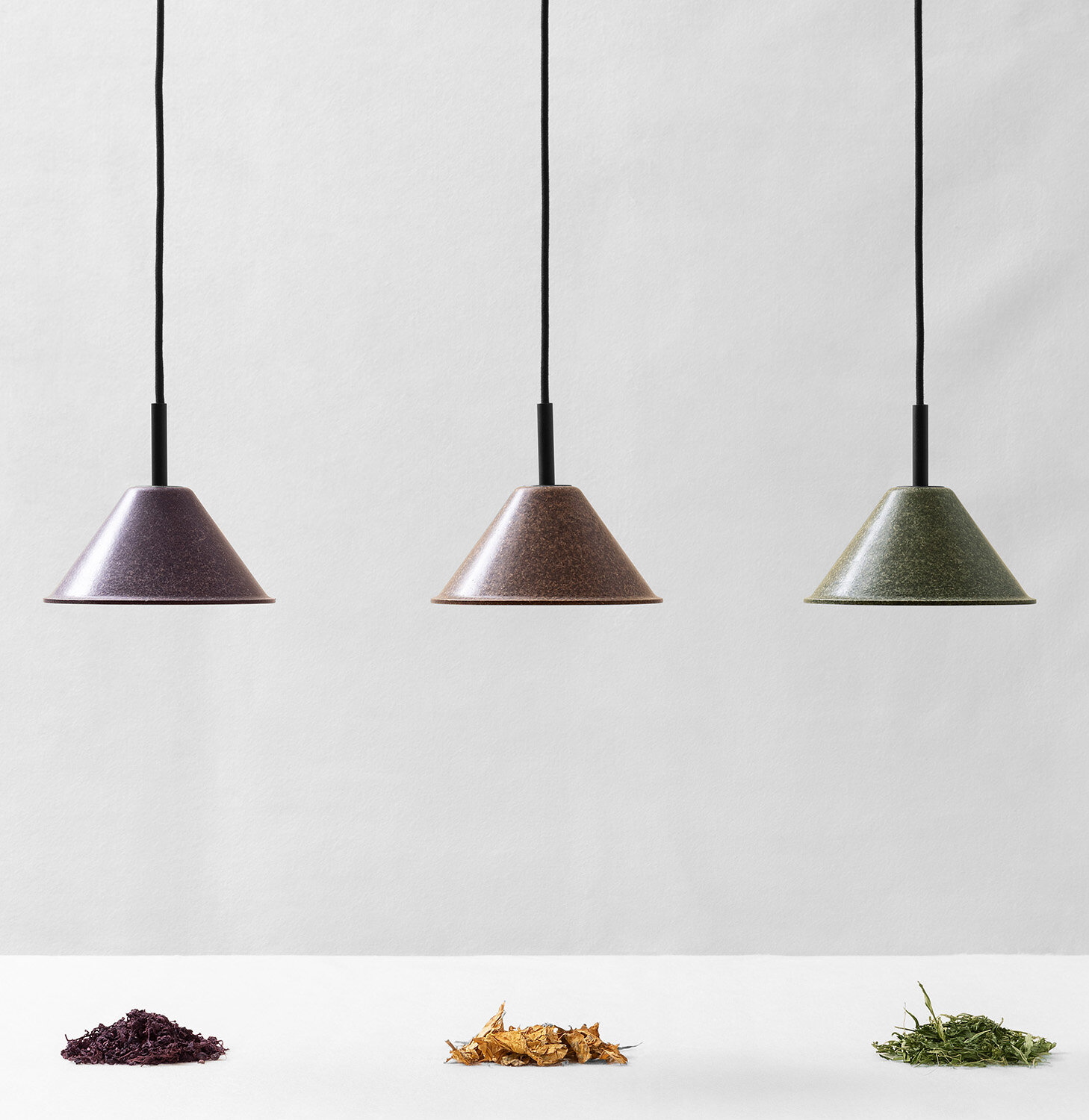London Design Fair presents biomaterials, it's 2019 Material of the Year, at the forward-looking Second Yield exhibition
For its 2019 exhibition, the London Design Fair has chosen biomaterials as Material of the Year. Now in its third year, Material of the Year offers a fitting opportunity to highlight and scrutinise a key material, one whose properties are the subject of analysis and debate across the design world and beyond. Having considered the merits of reusing plastic components in design during last year’s Fair, this year the London Design Fair will focus attention on biomaterials and their positive contribution to both design and the environment.
Biomaterials (also known as bio-based materials) are often derived and made from by-products found in the agricultural industry. Once the by-products have been identified, then the hard work begins. This involves hundreds of hours of carefully analysing the different elements of the agriculture chain from which the by-products were derived. A decision is made about the most suitable moment to harvest these by-products and how they can be sustainably utilised en masse. It’s a complex process and in order to demonstrate the complexities that beset biomaterials, the London Design Fair will show four brilliant examples of work by designers with a keen awareness of the environment. Using a range of by-products, these designers have created functional and aesthetically pleasing designs—they will be presented at the Fair’s Second Yield exhibition.
Jimmy MacDonald, Founder and Director of the London Design Fair, explains:
‘The sheer volume of waste being repurposed and the potential volume these new materials can be used at, makes them extremely important and something we want to celebrate at the Fair.’
Designers and inventors
Fernando Laposse
Material: corn husks
Totomoxtle is a new veneer material made with the husks of heirloom Mexican corn. An important part of traditional Mexican gastronomy, the country’s native corns range in colour, from wonderfully deep purples to soft yellow creams. Sadly, owing to globalisation, the number of native varieties of Mexican corn are under threat. The only real hope of saving the heirloom species lies with Mexico’s indigenous people, who plant the corn in accordance with tradition. Working in partnership with the community of Tonahuixtla in the Mexican state of Puebla, Totomoxtle is helping to regenerate traditional agricultural practices and establish a new craft that generates income for impoverished farmers.
Since 2016, Fernando Laposse has been collaborating with a group of families in Tonahuixtla. A Mexican product and material designer, Fernando works between Mexico and London. His approach is to take a natural material that is often considered waste (such as corn husks), and with extensive research, transform it into a refined piece of design. As a designer, Fernando is concerned with sustainability, biodiversity, disenfranchised communities and the politics of food. His work is informed by a material’s location, and encompasses both cultural and historical narratives.
Chip[s] Board
Material: potato waste
Co-founded by Rowan Minkley and Rob Nicoll, Chip[s] Board is an innovative biomaterial company that turns food waste into high-value circular economy materials. By utilising those resources that are currently available, instead of continually processing virgin materials, Chip[s] Board can create a sustainable, circular economy model.
As the world's largest manufacturer of frozen potato products, McCain—a family-owned company with a number of sustainability projects—supplies Chip[s] Board with its raw materials. Chip[s] Board has produced several innovative and sustainable circular economy materials using potato waste, including Parblex™ Plastics: these translucent pure or fibre reinforced bioplastics can be used in fashion and interior design. With material waste deemed a global concern, Chip[s] Board has been successful in both national and international grants and competitions, as well as attracting attention from global brands. The company’s next course of action is to scale up its production, moving a step closer to replacing toxic polluting plastics with responsible alternatives.
Studio Tjeerd Veenhoven
Material: Palm leaves
Based in the Netherlands, Studio Tjeerd Veenhoven is a product design studio with a difference: Tjeerd Veenhoven designs value chains, from initial production to the overall consumer experience.
The areca betel nut is a staple ingredient of Indian cuisine. The nut grows on the areca palm tree, found throughout southern India and other regions. Like most trees, these palms shed their large leaves every year, beginning in October. The areca palm tree produces an abundance of beautiful, unused palm leaves—around 80 million square meters yearly. Considering this natural waste, Tjeerd Veenhoven created a way of putting the leaves to use. Employing simple, natural ingredients and processes, Tjeerd was able to permanently soften the dry, hard and brittle palm leaf, giving it a leather-like quality. Known as PalmLeather, this project was established in 2010 and has been growing ever since.
During the past eight years, Tjeerd has set up several small producer-owned factories in India, the Dominican Republic and Sri Lanka, to manufacture PalmLeather and products made with the material. Both Tjeerd and others have designed various products that are locally produced and sold by craftspeople, under fair working conditions. One such product is the PalmLeather interior rug. Made with softened palm leaves that are cut into strips and placed vertically, the rugs have beautifully creative patterns. Owing to their natural state, each rug is unique. These rugs are produced on commission in the Dominican Republic, in various sizes and patterns.
High Society
Materials: hemp, tobacco and pomace
Founded in 2015 by Johannes Kiniger and Giulia Farencena Casaro, High Society is a sustainable design company, located in the heart of the Dolomite Mountains in northern Italy. By employing a compression moulding technique, the brand creates plant-based lighting from post-industrial waste. This waste includes: hemp leftovers, pomace, the pulpy residue that remains after wine production, and the discarded leaves and stalks from tobacco cultivation. Each light sold by High Society supports initiatives against drug dependency, in collaboration with Forum Prävention in Bolzano, a city in north-east Italy.
High Society produces three lamp variations: Highlight Hemp, Highlight Wine and Highlight Tobacco. To make the Highlight Hemp pendant, High Society uses industrial hemp leftovers, cultivated without pesticides. For the Highlight Wine pendant, pomace is collected from a local organic winery in South Tyrol. And to make the Highlight Tobacco pendant, leaves and stalks discarded during tobacco cultivation are collected from a supplier in the Venetian region of Italy. Each unique lamp variation is made using compression moulding with an added bio-based binder, followed by the application of a natural wax coating—this provides a shiny surface and protects the lamp from humidity. Minimal and elegant, the pendants are ideal for both commercial and residential use.
| Banner image: Fernando Laposse


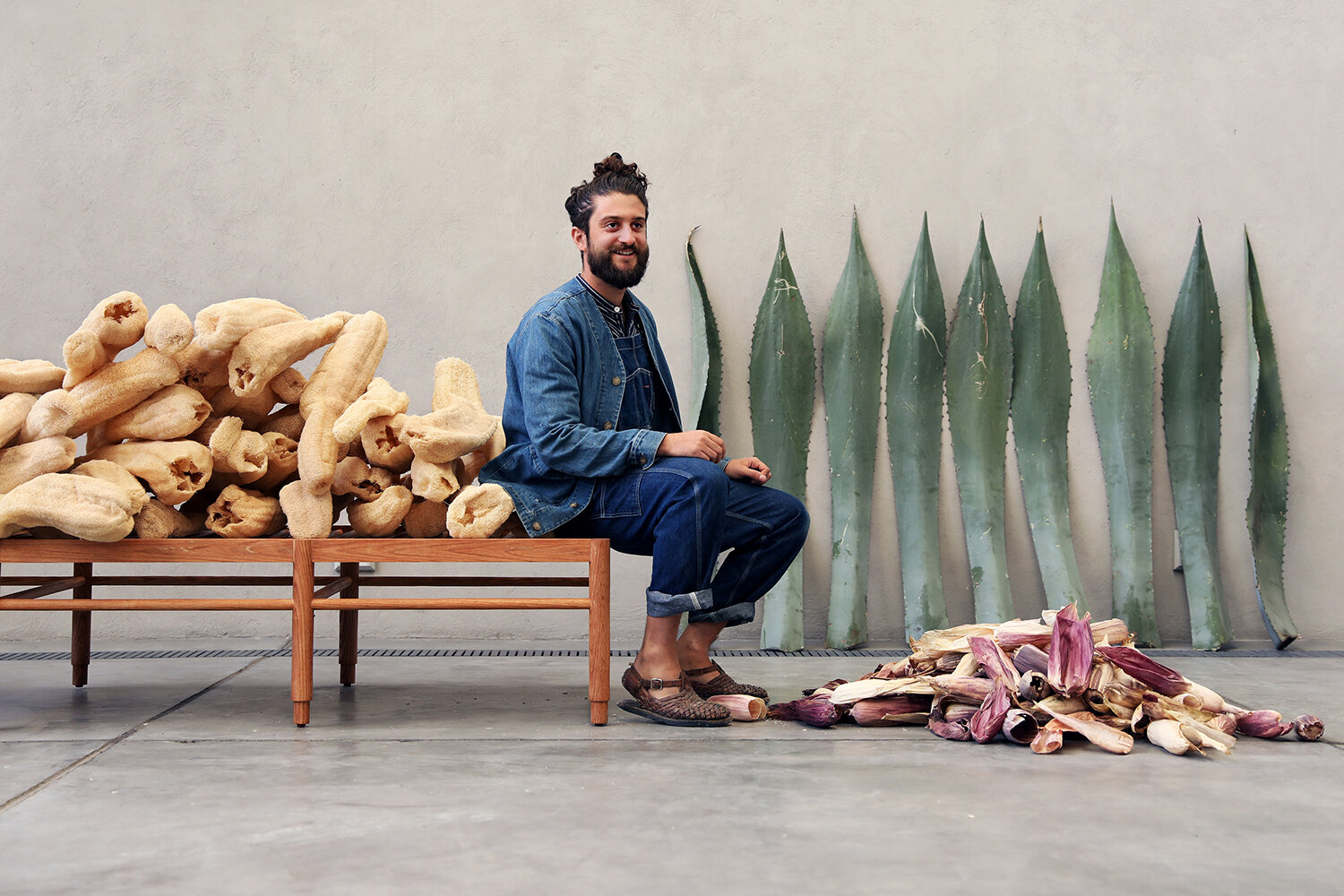
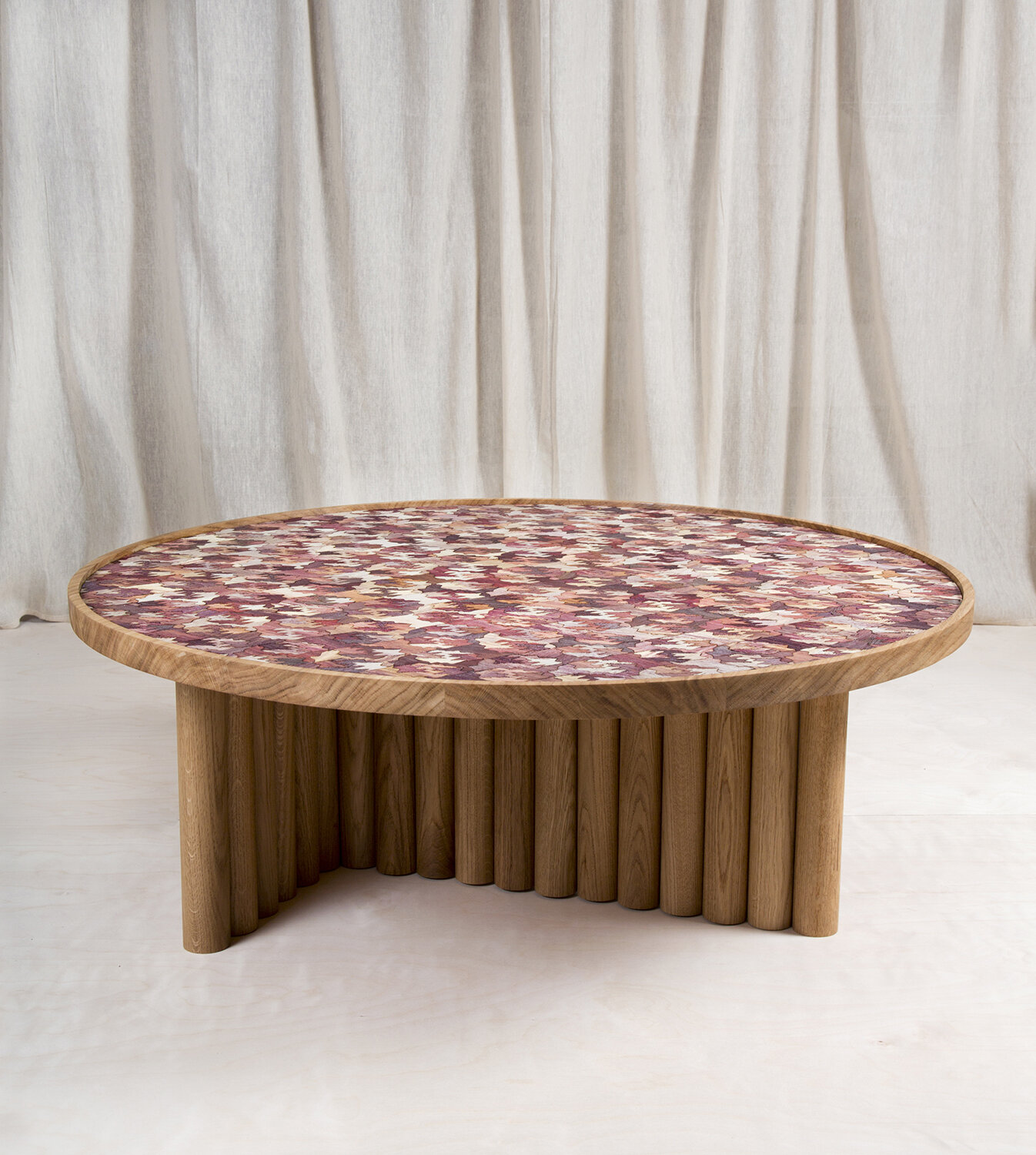
![London Design Fair_Chip[s] Board_Material of the Year_Second Yield_www.londondesignfair.co.uk (1).jpg](https://images.squarespace-cdn.com/content/v1/56d976c33c44d8f97d80f630/1574246564011-VP4DS9T8QEQQ2VD7AYHD/London+Design+Fair_Chip%5Bs%5D+Board_Material+of+the+Year_Second+Yield_www.londondesignfair.co.uk+%281%29.jpg)
![London Design Fair_Chip[s] Board_Material of the Year_Second Yield_www.londondesignfair.co.uk.jpg](https://images.squarespace-cdn.com/content/v1/56d976c33c44d8f97d80f630/1574246560636-ALGWAWY1KTYU0ZOKQEI9/London+Design+Fair_Chip%5Bs%5D+Board_Material+of+the+Year_Second+Yield_www.londondesignfair.co.uk.jpg)

